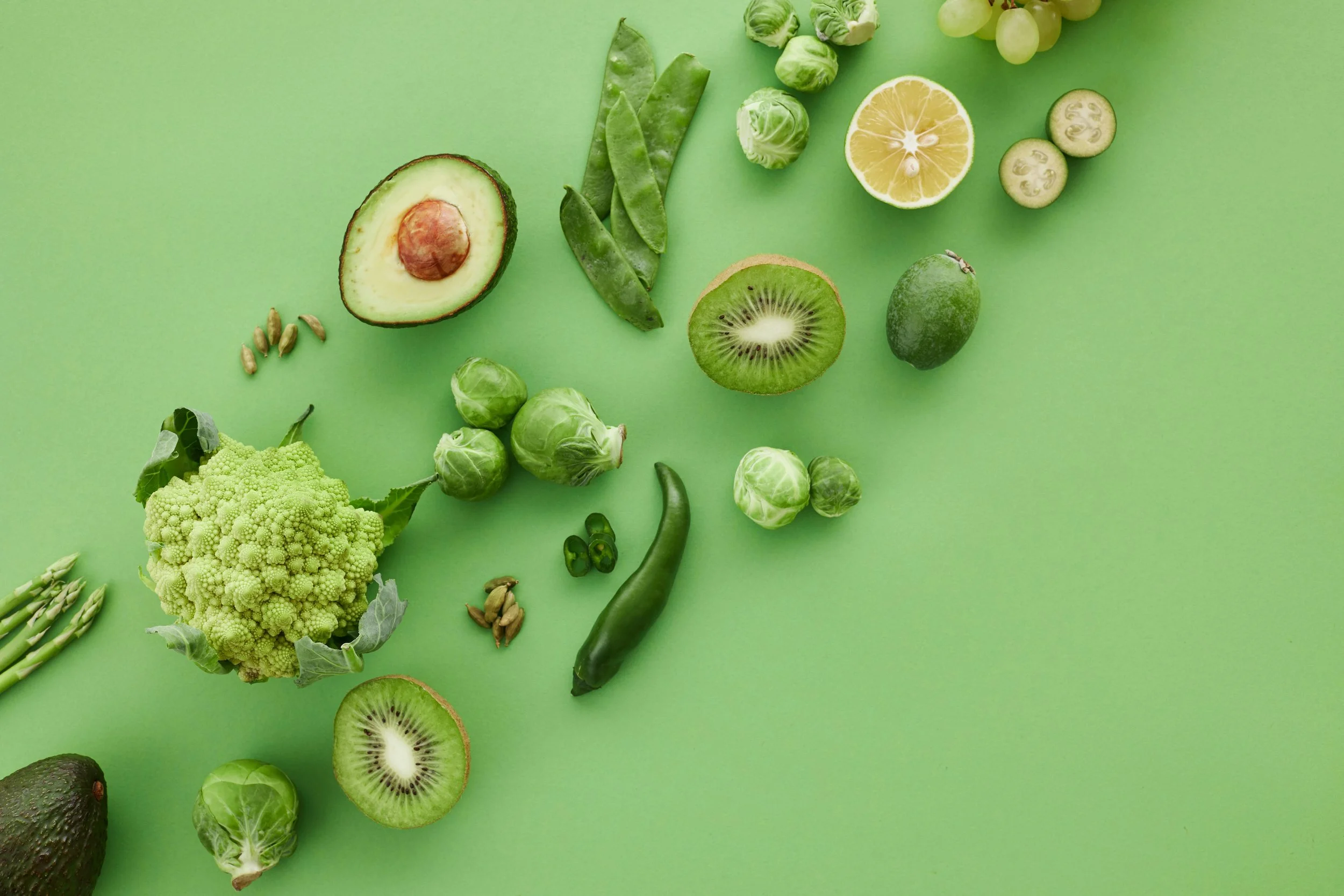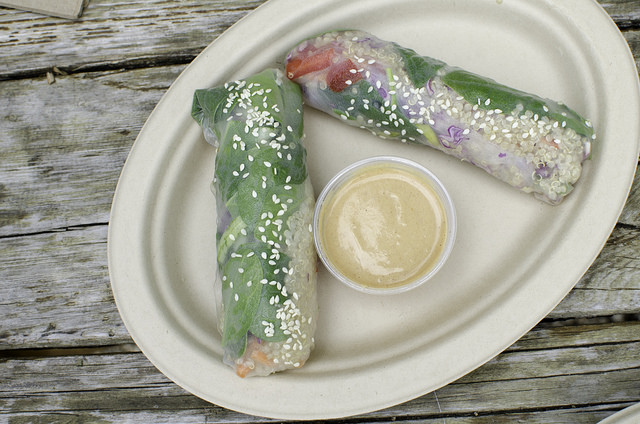In this brightly flavored side dish, cauliflower stands in as a wheat-free alternative to couscous. With cauliflower as the backdrop, all of the fresh spring flavors shine through.
Ingredients
- 1 head cauliflower
- 12 ounces asparagus
- 10 ounces frozen peas, thawed
- 1/3 cup pine nuts
- Zest and juice of one lemon
- 2 tablespoons olive oil
- 1 small shallot, minced
- 2 tablespoons mint leaves, julienned
- 1 teaspoon thyme leaves, chopped
- Salt and freshly ground black pepper to taste
Preparation
- Break the cauliflower florets apart, cutting the larger ones down until all the pieces are roughly the same size. Place the florets in a food processor and use 8-12 quick pulses to reduce the cauliflower size and texture to slightly smaller than a grain of rice.
- In a 12-inch skillet, heat 1/2 cup water and a pinch of salt to a simmer. Add the cauliflower in a single layer. Bring back to a simmer, reduce heat a little, cover and cook cauliflower 5 minutes, or just enough to take the raw edge off, but not so much it becomes soft or loses texture. Remove the cauliflower from the skillet and drain in a colander or mesh strainer, then place in a medium serving bowl.
- Heat a small, dry skillet over medium heat. Add the pine nuts and stir frequently. Toast just until they smell nutty and have begun to turn golden, about 3 minutes. Remove from heat and set aside.
- Remove the woody ends of the asparagus, then cut each spear on the bias into 1-inch lengths. Wipe out the skillet used for the cauliflower, add the olive oil and heat over medium heat. Add the shallot and sauté gently for a couple minutes, until translucent. Add the asparagus and continue sautéing a few minutes more, just until the asparagus is al dente. Add the lemon zest and juice, fresh thyme and salt and pepper and cook another 30 seconds or so.
- Add the shallot-asparagus mixture, peas, pine nuts and mint to the cauliflower. Drizzle with a little olive oil and toss gently to combine. Adjust the salt and pepper, and lemon juice to taste. Serve slightly warm or at room temperature.












